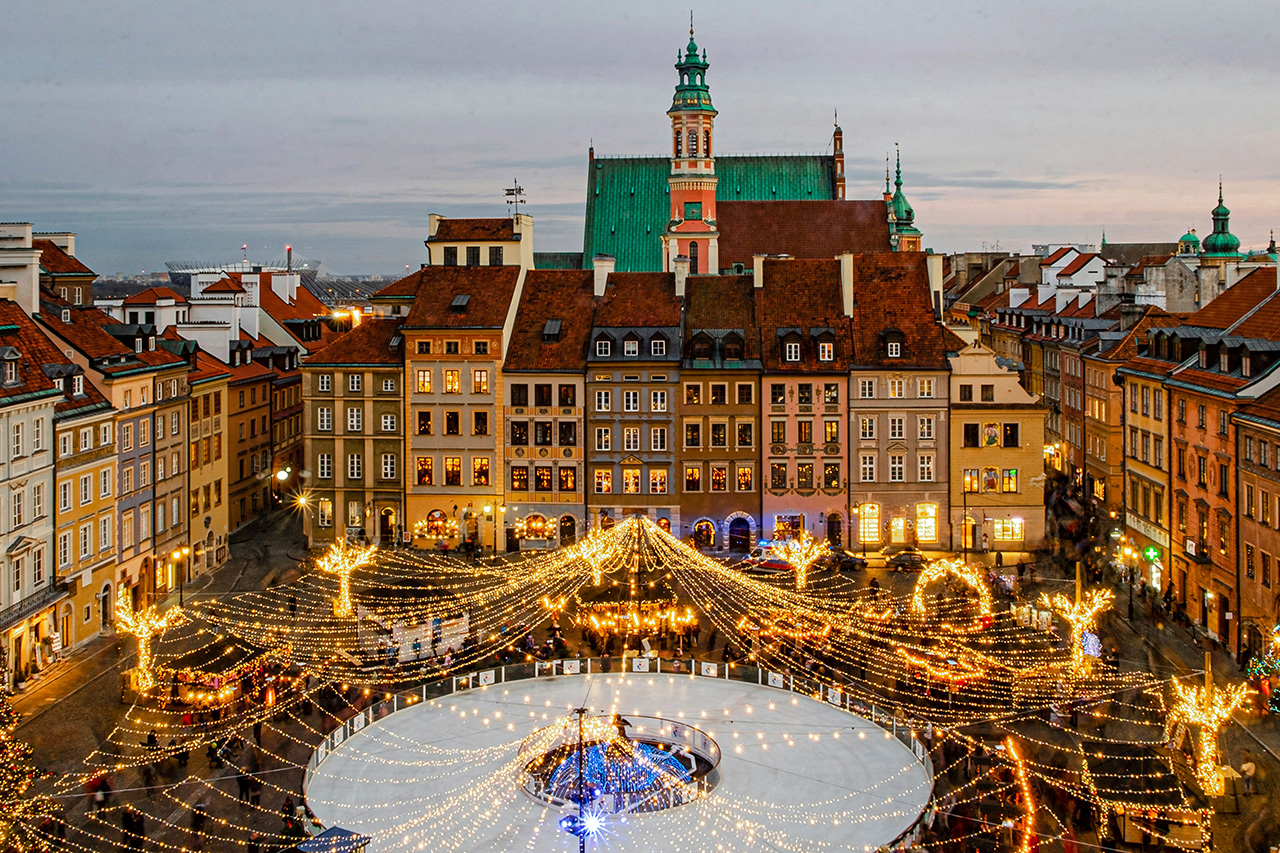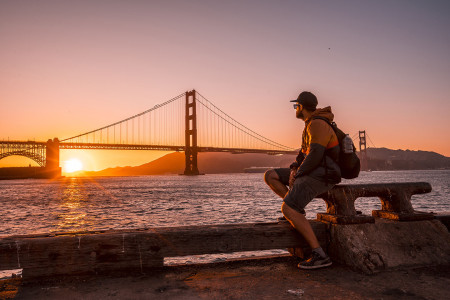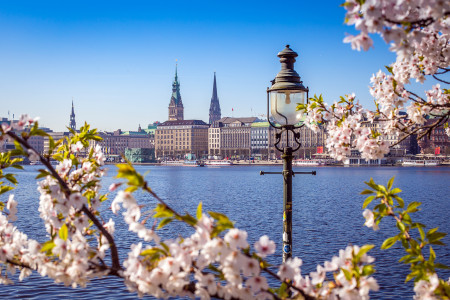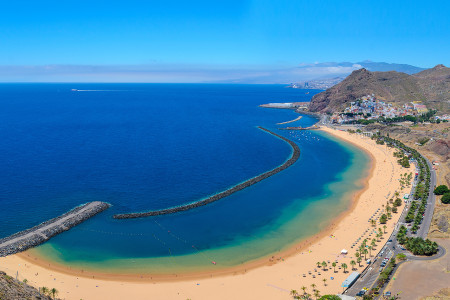The History Of Warsaw And Its People
The history of Warsaw and its people is a testament to resilience and spirit, encapsulating centuries of both prosperity and hardship. Founded around the 13th century, Warsaw's strategic location made it a vibrant trade hub, flourishing culturally and economically by the 16th century as Poland's capital. However, this prosperity was periodically marred by invasions and occupations, most notably during the Swedish Deluge in the 17th century.
Warsaw's true testament to resilience came in the 20th century, enduring both World Wars with unprecedented devastation. The Second World War was particularly brutal; the 1944 Warsaw Uprising stands as a poignant symbol of resistance against German occupation but resulted in tragic loss of life and near-total destruction of the city.
Despite these adversities, Warsaw’s people have consistently rebuilt their city from ruins. Post-World War II reconstruction efforts saw historic districts like the Old Town meticulously restored, earning UNESCO World Heritage status. Today’s Warsaw is a vibrant metropolis, proudly bearing its history while forging ahead into modernity. This indomitable spirit reflects not just in its architecture but in its citizens' determination to overcome past ordeals towards a hopeful future.
Surviving World War Ii And The Warsaw Uprising
Surviving World War II and the Warsaw Uprising stands as a testament to the indomitable spirit and resilience of Warsaw's people. The city, once a vibrant hub of culture and intellectual exchange, faced its darkest days during the war. The German invasion in 1939 marked the beginning of a brutal occupation, setting the stage for an unimaginable ordeal for its inhabitants.
Despite facing severe repression, starvation, and the constant threat of death, Warsaw's citizens did not yield to despair.
The Warsaw Uprising of 1944 was a pivotal moment that showcased their courage and determination. For 63 days, ordinary men, women, and even children took up arms against their oppressors in a desperate bid for freedom. Although ultimately unsuccessful and resulting in catastrophic destruction of the city and tremendous loss of life, this act of defiance became a symbol of resistance against tyranny.
The aftermath saw Warsaw almost entirely razed to the ground; yet this was not the end but rather a new beginning. With an unwavering will to survive and rebuild from the ashes, Warsaw’s people embarked on an arduous journey towards recovery. Their ability to rise from such devastation exemplifies human resilience at its finest—a beacon of hope amidst desolation.
Rebuilding A City: Warsaw's Post-War Resilience
In the aftermath of World War II, Warsaw lay in ruins, a bleak testament to the horrors of conflict. Yet, from this devastation emerged a story of remarkable resilience and determination. The rebuilding of Warsaw was not just about bricks and mortar; it was about the indomitable spirit of its people, who were committed to restoring their city's grandeur and vitality.
The task ahead was monumental. Over 85% of Warsaw's buildings had been destroyed or severely damaged during the war. However, undeterred by the scale of destruction, Warsaw's citizens rallied together. They embarked on a comprehensive reconstruction effort that sought not only to rebuild but to meticulously restore the historic heart of their city – a process that involved painstaking research, including using paintings and photographs to accurately recreate architectural details.
This endeavor transcended mere physical reconstruction; it was an act of cultural preservation and a testament to human endurance. By resurrecting landmarks such as the Royal Castle and the Old Town, almost entirely from rubble, Warsaw’s people reclaimed their heritage and identity. Their efforts have since turned Warsaw into a vibrant metropolis, proudly bearing scars that narrate its past struggles while showcasing its resilience for future generations.
Cultural Renaissance: Warsaw's Artistic And Intellectual Community
Warsaw's resilience and spirit are not only embodied in its remarkable recovery from physical devastation but also in the flourishing of its cultural renaissance. Amidst rebuilding efforts, the city has witnessed a vibrant resurgence of its artistic and intellectual community, serving as a testament to the indomitable spirit of Warsaw's people. This renaissance is a celebration of creativity, innovation, and tradition that honors the city’s historical legacy while forging new paths forward.
The cultural landscape of Warsaw is diverse, with galleries, theaters, and concert halls hosting an array of events that showcase both local talents and international artists. These venues have become incubators for contemporary art, music, literature, and film, fostering dialogue among creators across disciplines. Moreover, the intellectual community thrives through numerous conferences, seminars, and workshops that attract thinkers from around the globe.
This artistic and intellectual revival has not only enriched Warsaw's cultural identity but also played a crucial role in healing the wounds of its past. It demonstrates how culture can be a powerful force for community building and resilience in the face of adversity. Through their unwavering commitment to culture and knowledge, Warsaw's people have indeed turned their city into a beacon of hope and renewal on the global stage.
Solidarity Movement: Defying Oppression In Communist Poland
In the tapestry of Warsaw's historical resilience, the Solidarity movement shines as a beacon of collective defiance against oppression. Emerging in the early 1980s, this independent trade union became the crucible for Poland's struggle against communist rule. Warsaw, with its enduring spirit, played a pivotal role in this movement that transcended mere labor disputes to embody a national crusade for freedom and human rights.
Solidarity's influence burgeoned rapidly, galvanizing not just workers but intellectuals, students, and clergy across Poland, unified in their quest for autonomy from Soviet influence. This unprecedented coalition challenged the very foundations of communist control, leveraging non-violent resistance and civil disobedience to advocate for political reforms. The government's attempts to quash these efforts through martial law only fueled the flames of resistance.
Warsaw's streets bore witness to this unyielding fight for sovereignty. Demonstrations, strikes, and clandestine gatherings became common as citizens dared to dream of independence. The Solidarity movement's persistence eventually compelled the government to negotiate, leading to semi-free elections—a monumental victory that paved the way for Poland’s transition away from communism.
This chapter in Warsaw’s history is a testament to how collective courage can defy oppressive regimes and alter the course of a nation’s destiny.
Modern Challenges: Warsaw's Transformation Into A Global City
Warsaw's transformation into a global city represents both a triumph and a series of challenges for its resilient population. As the city has integrated into the global economy, it has seen remarkable economic growth and an increased international profile. This metamorphosis, while bringing prosperity, has also ushered in new challenges that test the spirit of Warsaw's people.
One of the most significant impacts of becoming a global city is the strain on local resources and infrastructure. The influx of international businesses and tourists puts pressure on housing, public transportation, and social services, often leading to increased living costs that can outpace local wage growth. This phenomenon risks creating disparities within the community, where not all residents benefit equally from the city’s newfound status.
Moreover, Warsaw faces the challenge of balancing modernization with preserving its rich history and culture. Rapid development threatens to overshadow the city’s historical sites and unique identity, prompting concerns among locals about losing their connection to Warsaw’s past.
Despite these hurdles, Warsaw continues to demonstrate remarkable resilience. Its people are adapting to these changes by finding innovative solutions that embrace progress while honoring their heritage—showing that even in transformation, the spirit of Warsaw remains unbroken.
Celebrating The Spirit Of Warsaw: A Look At The City Today
Warsaw today stands as a vibrant testament to resilience, its streets and buildings weaving a narrative of rebirth and enduring spirit. The city that once lay in ruins has risen, phoenix-like, from the ashes of its tumultuous past, embodying the indomitable will of its people. Modern Warsaw is a cosmopolitan hub, buzzing with energy, creativity, and innovation. Its skyline, a juxtaposition of historical edifices and sleek skyscrapers, mirrors the city's journey through time.
Cultural festivals breathe life into ancient squares, while contemporary art installations find their homes in historic districts, showcasing Warsaw's dynamic embrace of the new without forsaking its past. Culinary landscapes have evolved too; traditional Polish eateries sit alongside modern cafes and international restaurants, symbolizing an open-mindedness characteristic of Warsaw's residents.
The spirit of Warsaw is most palpable in its citizens - resilient, proud yet welcoming souls who are keen to share their rich heritage while forging ahead into the future. Their stories are ones of triumph over adversity; their cityscape a canvas showcasing what it means to rebuild and thrive anew. Thus stands Warsaw today: a beacon of resilience and spirit in the heart of Europe.




